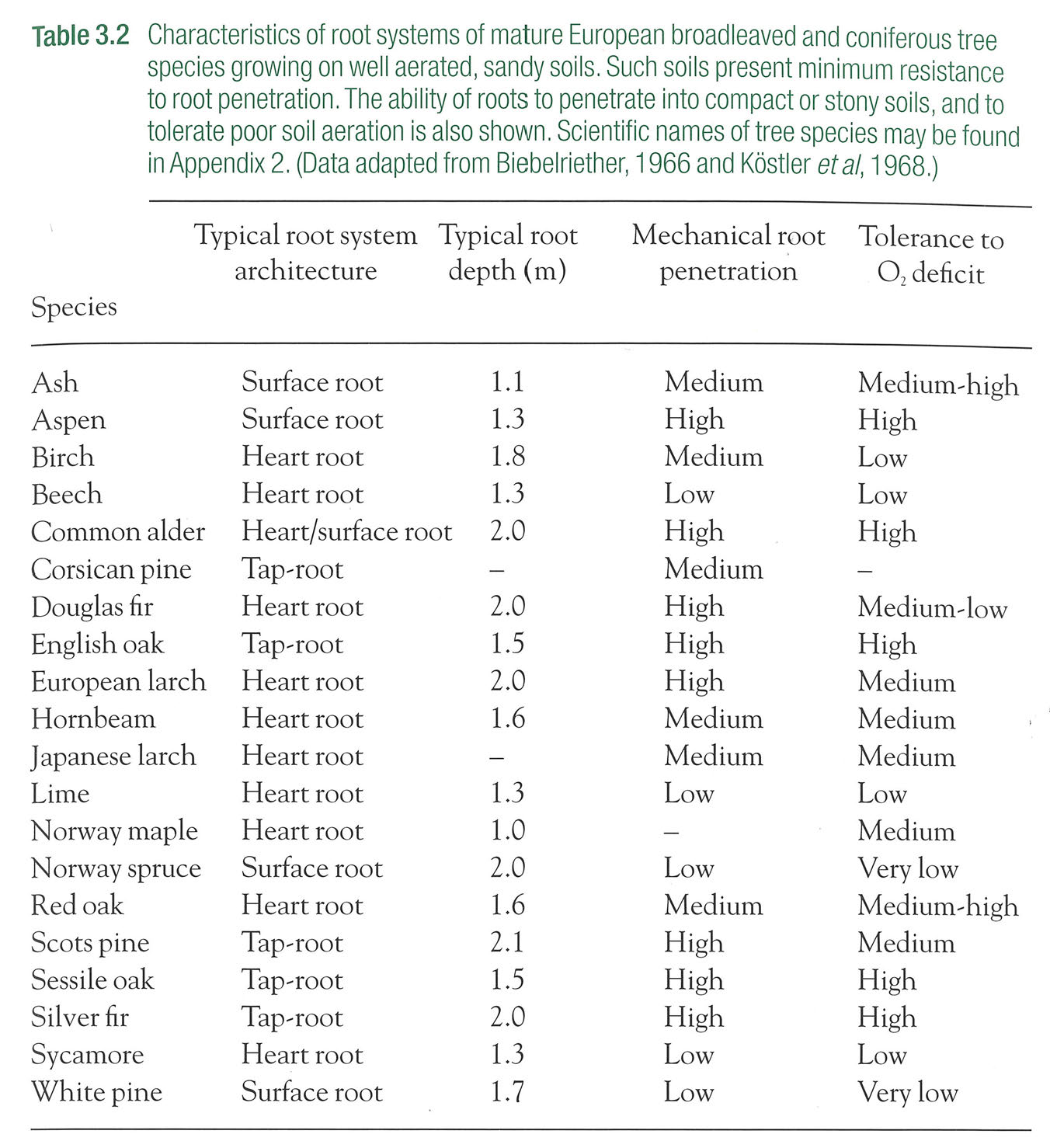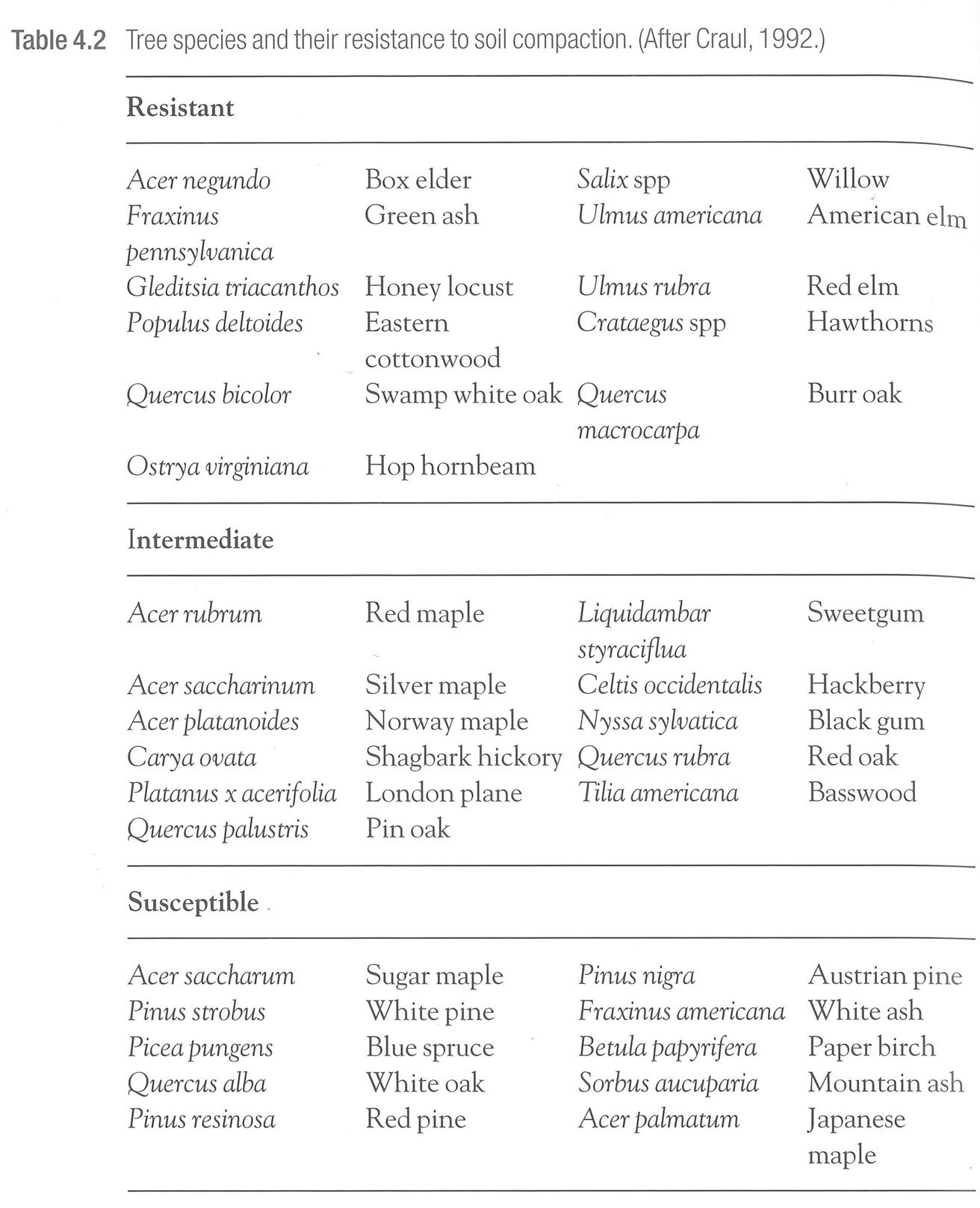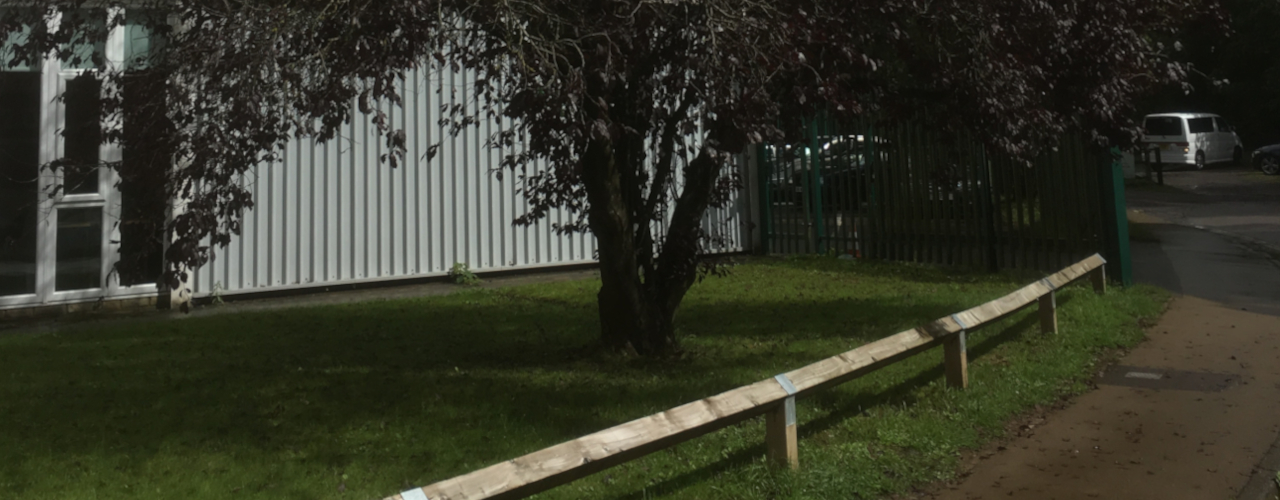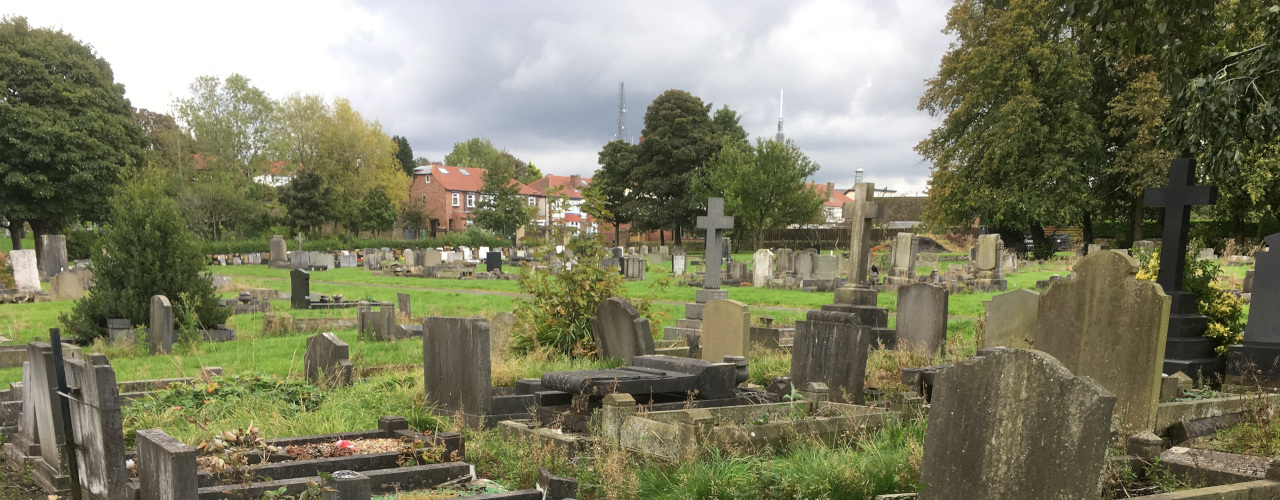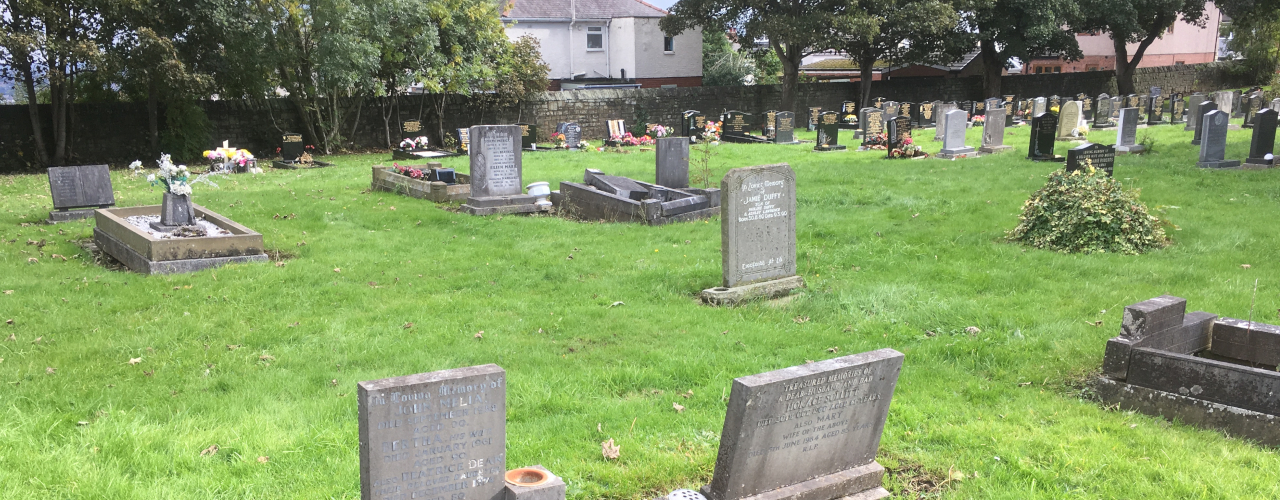Residential Trees (Part 4) - Soil Compaction
As soil becomes more compacted from pedestrian/vehicular traffic, the oxygen content of the soil becomes lower and lower over time.
The majority of tree roots inhabit the depth where oxygen levels are optimal - by compacting the soil the available rooting volume for the tree lowers, which can be detrimental to the tree’s health.
In open spaces, a boundary that prevents vehicles from parking on the soft landscape, such as a knee rail, boulders or shrub planting can help prevent car access and the continuous compaction that could occur.
In hard landscaped areas, compaction of growing media can be avoided by providing a tree grille where pedestrian/vehicular traffic may occur, and providing root cells beneath adjacent hard landscape to prevent the soil from becoming compacted.
However, it is not just after the landscape has be implemented that the soils need to be protected from compaction. They should also be protected before the trees have been planted. As such construction vehicles and heavy materials should be kept away from areas of soft landscape where future trees will be planted - or measures taken to protect the soils from compaction.
It is also worth noting that certain types of soil can be more suseptible to compaction than others. For example clayey and loamy soils in comparison to sandy soils.
Some tree species are better adapted to compaction to others, by being able to tolerate higher oxygen deficiencies and by having a higher root penetration, meaning they can exploit more compact areas of soil. Tables of example tree species are included within the book 'Tree Roots in the Built Environment'.
